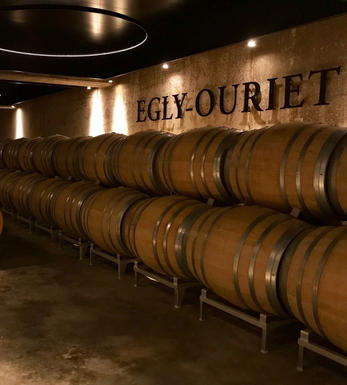
About this WINE

Champagne Egly-Ouriet
The history of Champagne Egly-Ouriet dates back to the late 18th century when the Egly family began cultivating vineyards in the Montagne de Reims region, known for its prime Champagne terroir. However, in the 20th century, the estate gained recognition under the leadership of Francis Egly, who took over the family business in the 1980s.
Champagne Egly-Ouriet is known for its dedication to traditional and meticulous winemaking methods. They focus on producing single-vineyard, vintage Champagnes, emphasising terroir expression and each vineyard parcel’s unique characteristics. The estate owns and manages vineyards in some of the most prestigious areas of Champagne, including Ambonnay, Bouzy, Verzenay, and others. These Grand Cru and Premier Cru vineyards are known for their high-quality Pinot Noir and Chardonnay grapes, the primary varieties used in Champagne production.
Champagne Egly-Ouriet has embraced biodynamic farming practices, prioritising organic and sustainable agriculture. These practices aim to enhance the overall health of the vineyards, improve grape quality, and reflect the unique terroir in the final wines. The winery follows a minimalist approach in the cellar, using natural yeasts for fermentation and avoiding excessive manipulation of the wines. This approach allows the grapes’ natural characteristics to shine through in the final Champagne.

Brut Champagne
Brut denotes a dry style of Champagne (less than 15 grams per litre). Most Champagne is non-vintage, produced from a blend from different years. The non-vintage blend is always based predominately on wines made from the current harvest, enriched with aged wines (their proportion and age varies by brand) from earlier harvests, which impart an additional level of complexity to the end wine. Champagnes from a single vintage are labelled with the year reference and with the description Millésimé.
Non-vintage Champagnes can improve with short-term ageing (typically two to three years), while vintages can develop over much longer periods (five to 30 years). The most exquisite and often top-priced expression of a house’s style is referred to as Prestige Cuvée. Famous examples include Louis Roederer's Cristal, Moët & Chandon's Dom Pérignon, and Pol Roger's Cuvée Sir Winston Churchill.
Recommended Producers : Krug, Billecart Salmon, Pol Roger, Bollinger, Salon, Gosset, Pierre Péters, Ruinart

Champagne blend
Which grapes are included in the blend, and their proportion, is one of the key factors determining the style of most Champagnes. Three grapes are used - Pinot Noir, Chardonnay and Pinot Meunier.
26% of vineyards in Champagne are planted with Chardonnay and it performs best on the Côtes des Blancs and on the chalk slopes south of Epernay. It is relatively simple to grow, although it buds early and thus is susceptible to spring frosts. It produces lighter, fresher wines than those from Burgundy and gives finesse, fruit and elegance to the final blend. It is the sole grape in Blancs de Blancs, which are some of the richest long-lived Champagnes produced.
Pinot Noir accounts for nearly 40% of the plantings in Champagne and lies at the heart of most blends - it gives Champagne its body, structure, strength and grip. It is planted across Champagne and particularly so in the southern Aube district.
The final component is Pinot Meunier and this constitutes nearly 35% of the plantings. Its durability and resistance to spring frosts make the Marne Valley, a notorious frost pocket, its natural home. It ripens well in poor years and produces a soft, fruity style of wine that is ideal for blending with the more assertive flavours of Pinot Noir. Producers allege that Pinot Meunier lacks ageing potential, but this does not deter Krug from including around 15% of it in their final blends.



Buying options
Add to wishlist
Description
The NV Brut Tradition Grand Cru, from the villages of Ambonnay, Bouzy and Verzenay, spent 40 months on its lees. Here the oak is a bit more intrusive, as sweet vanilla and spices seems to cover some of the varietal character. Texturally the wine is quite pretty, but the wine lacks just that touch of balance that makes the best wines from this address so compelling.
Egly-Ouriet is one of the reference-point growers in Champagne, with a deep selection of wines that offer remarkable transparency to site, vintage and variety. The small, bare-bones winery is located in Ambonnay, one of Champagne’s 17 Grand Cru villages, best-known for yielding broad-shouldered, exuberant Pinot Noir-based wines. The house style is defined by first-class fruit, extended lees aging and no fining and/or filtration. These are among the most pure, unmanipulated Champagnes readers will come across, and the estate’s new releases are all highly recommended.
Antonio Galloni Wine Advocate #186 Dec 2009
wine at a glance
Delivery and quality guarantee